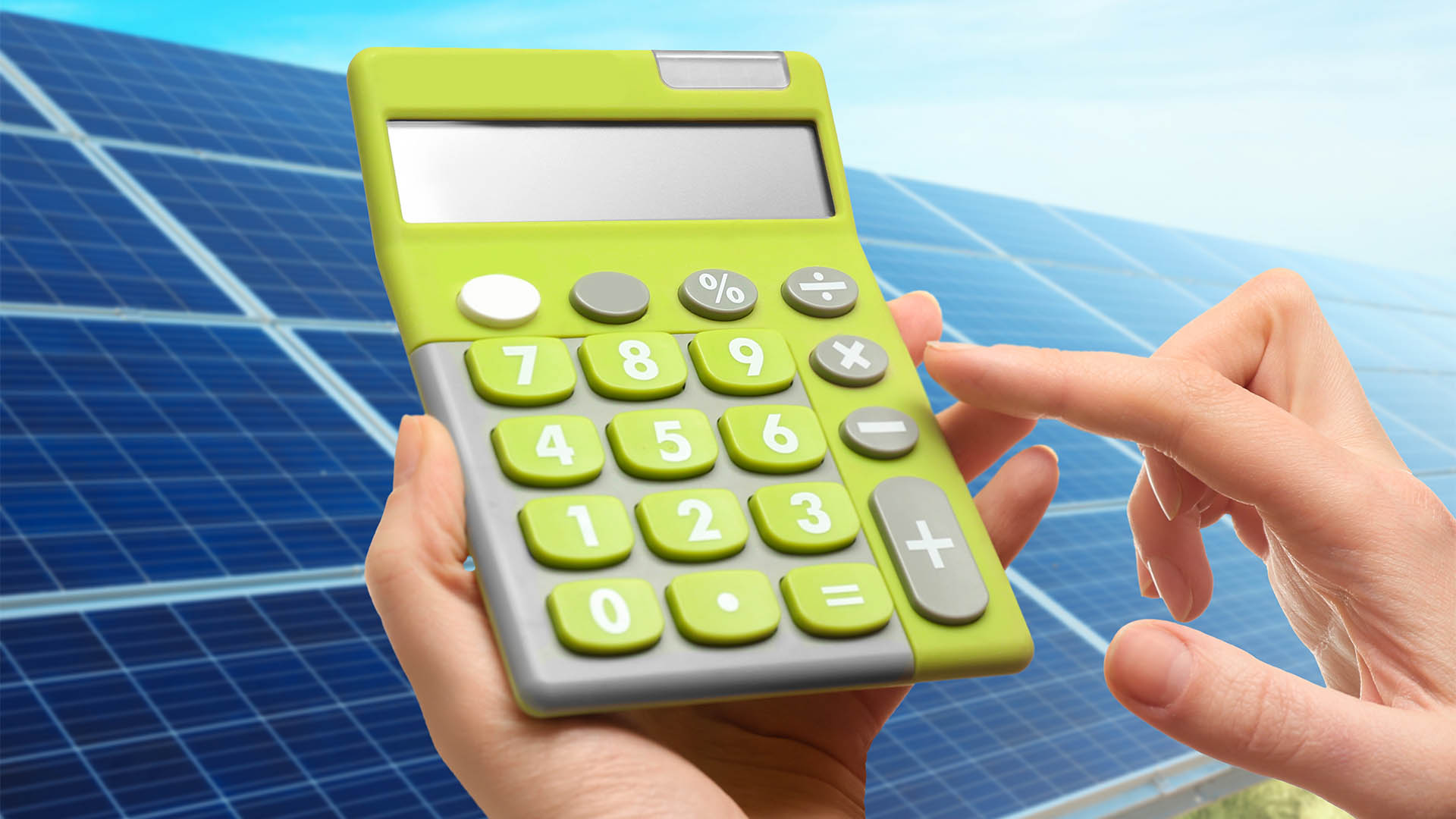Several major European power companies are reassessing their renewable energy development targets due to high costs and low electricity prices, signaling challenges in transitioning away from fossil fuels, such as coal, oil, and natural gas.
Statkraft, Europe's largest renewable energy producer, has announced a review of its annual targets for new renewables capacity, while Portuguese energy company EDP is scaling back its plans due to high interest rates and decreased power prices.
Denmark's Ørsted, a leading offshore wind developer, has reduced its renewable targets for 2030 by over 10GW following the abandonment of two large projects in the US due to escalating costs.
Birgitte Ringstad Vartdal, CEO of Statkraft, acknowledged the continued growth of renewables but noted a slower pace.
Iberdrola, a Spanish energy giant, has shifted to a more selective approach to renewables and increased its focus on electricity grids, foregoing its previous 80GW renewables target for 2030.
Similarly, Italian utility Enel has revised its investment in renewables downward, citing rising costs and increased investment in electricity grids.
Norman Valentine from Wood Mackenzie highlighted a significant shift in the cost environment affecting renewables growth.
However, there are exceptions such as Germany's RWE, which raised its renewables target in November 2023.
Despite challenges, there is political momentum to develop renewables, with countries committing to tripling capacity by 2030 at the COP28 climate summit.
Rising interest rates have inflated financing costs for new projects, while raw material costs have surged, and electricity prices have fallen in some markets.
Some companies are diverting investment towards upgrading electricity networks, viewed as critical in the transition to clean energy.
Renewables developers are facing heightened competition for investors due to high interest rates, prompting a shift in focus towards regulated networks and other business areas.
Although companies like Iberdrola and Engie have adjusted targets for producing green hydrogen due to subsidy uncertainties, there's optimism that project economics will improve over time.
The high costs and challenges described are pervasive within the Australia renewable energy sector.
These issues, including elevated expenses due to unforeseen disruptions in the supply chain and shortages in labor, are actually more pronounced in Australia compared to many other nations.
This situation casts doubt on the feasibility of various projects, notably those in renewable energy, amidst the country's substantial $113 billion infrastructure agenda, and highlights the need for fossil fuels, such as natural gas.
According to findings from software company InEight, these unanticipated risks significantly impact project schedules and financial plans, with 71 percent of Australian respondents expressing this concern—surpassing the global average of 59 percent—based on a 2023 survey encompassing 300 companies worldwide.
While there has been a notable surge in the pipeline of renewable energy initiatives following the enactment of climate legislation last year, the latest projections from Australia's premier construction forecasting body suggest that the nation may still struggle to meet its 2030 renewable energy targets. The Australian Construction Industry Forum has revised its forecasts upward, indicating a $3.8 billion increase in renewable energy investment compared to its previous estimate six months prior. This adjustment reflects investor response to the newfound certainty stemming from the enactment of the Climate Change Act 2020.
While it is evident that coal power is not the answer, emitting over 50% more CO2 than natural gas, it's clear that natural gas presents a viable solution to the current problem.














